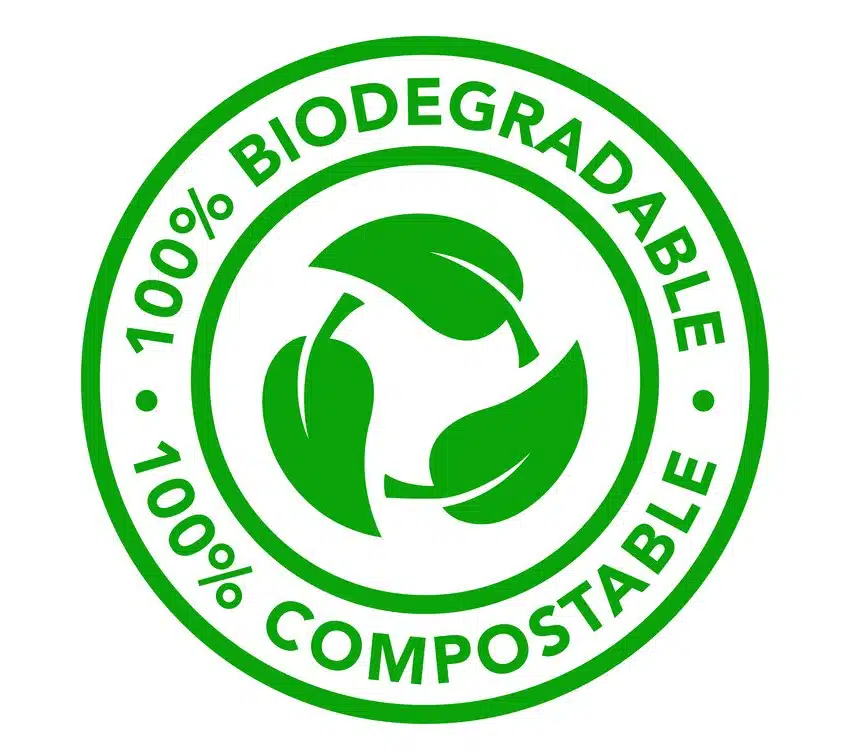Introduction
Need help understanding the Eco-Friendly Wristband Options? Events and festivals have always been an important part of our lives. Those amazing experiences, entertainment, and opportunities to connect with others.
However, the larger the events, the more the waste generated. The detrimental effect on the environment of large-scale events is becoming a major concern. Waste generated during festivals and gatherings tends to go unnoticed, leaving an irreversible mark on our earth. In these situations, the decisions we make, even those involving seemingly insignificant things like wristbands, can have an unintentionally huge impact on the environment.
According to studies, the average conference attendee generates about two kilograms of waste on a daily basis. That means an event lasting three days with 1,000 guests can generate more than 5,600 kilograms of waste – the equivalent of four small cars! These numbers emphasise the critical need for event organisers to revaluate their practices and find ways to minimise waste.
This article is about taking a small step for Mother Earth. Let’s have a closer look at how plastic wristbands are affecting our planet and the rising need for eco-friendly alternatives. Further, we will thoroughly explore biodegradable and recyclable materials for wristbands for you.
So, shall we begin?


Environmental Impact of Plastic Wristbands
For many years, plastic wristbands have served as a convenient and affordable means of security, ticketing, and crowd management during events. Their functionality, however, has come at the expense of the environment. These non-biodegradable plastic wristbands usually end up in landfills or as trash, adding to the rising issue of toxic plastic waste.
You see, plastic is made from petroleum-based materials that would take thousands of years to decompose. Which means they will continue to harm the environment for as long as they can. Plastic is already wreaking so much havoc on the oceans and wildlife. Did you know that 19-23 million tonnes of plastic flows into the oceans every year? It’s high time that we start looking for alternatives.
That’s where come these eco-friendly wristbands. Let’s briefly understand why we need eco-friendly wristbands.
Why do we need Eco-friendly Wristbands?
Eco-friendly wristbands offer a solution to the environmental challenges posed by traditional plastic wristbands. These eco-conscious options are designed to minimise waste and reduce the carbon footprint of events. By opting for biodegradable or recyclable wristbands, event organisers can significantly decrease their events’ negative impact on the environment.
Sure, traditional wristbands, especially plastic wristbands, are posing significant environmental challenges. But eco-friendly wristbands–-those made of recyclable and biodegradable materials–can help minimise this impact over the long run.
Biodegradable materials are those that can be easily broken down and go back to the soil. One of the finest examples of biodegradable wristbands is those made of bamboo. Bamboo trees are capable of self-generation, and you need not replant after you’ve harvested them. Bamboo is hypoallergenic and antibacterial, which makes it completely safe for the skin.
Speaking of recyclable materials, recycled PET is the greatest example of such kinds. Here, plastic bottles that would have otherwise ended up in landfills are recycled, and rPET is generated. These wristbands are great for long-term use because of their durability. In addition to that, rPET is great as a packaging material, too.
Let’s make a comparison of both types of materials to have a better understanding.
Understanding the Eco-Friendly Wristband Options: Which ones are better?
Let’s begin scrutinising each type of material, considering every point so that you have a clear understanding:
What is the difference between Biodegradable and Recyclable Wristbands?
| Basis of Difference | Biodegradable | Recyclable |
| Impact On Environment | Biodegradable wristbands are meant to degrade naturally over time, allowing them to go back to the environment without leaving toxic residues. They are made of biodegradable materials that do not add to long-term waste material. | Recyclable wristbands are manufactured of materials that can be reused and turned into new items, minimising the need for additional supplies. |
| How they’re produced | When compared to traditional polymers, the production of biodegradable wristbands has a lesser environmental impact because it often uses fewer harmful chemicals and less energy. | The production process for recyclable wristbands can be highly energy-intensive. However, the use of recycled materials could counter this impact. |
| Materials used | Bamboo, cornstarch, and natural fibres are common materials used for biodegradable wristbands. These materials are environmentally friendly and long-lasting. | Recyclable Wristbands are mostly composed of recyclable plastics such as PET (polyethene terephthalate) or HDPE (high-density polyethene). |
| Strength and durability | Biodegradable wristbands have the same strength and durability as regular wristbands, making them suited for a variety of occasions. | Recyclable wristbands are renowned for their strength and are well-suited for prolonged wear. |
| Disposal | Biodegradable wristbands break down organically, eliminating the need for facilities to recycle them. They can be composted or disposed of with everyday waste. | Recyclable wristbands must be collected and recycled at recycling centres. You shouldn’t dispose of them with other trash. |
Now, which ones are better? Let’s briefly go through some key considerations:
If you want to reduce your carbon footprint significantly, then biodegradable options can be great for you. Also, if you have proper disposal facilities available at your event, you should go with biodegradable materials without any doubt.
However, if you promote recycling and want to reduce unnecessary plastic waste generation, then recyclable wristbands are a superior choice.
Understanding the Eco-Friendly Wristband Options: Conclusion
As we come close to the end, the choice of biodegradable materials and recyclable materials entirely depends on your preferences. However, it would be best if you use both types of wristbands in combination. In comparison to regular non-so-eco friendly wristbands, you will be able to reduce plastic waste generation significantly and will also minimise your carbon footprint.
Let’s take our first step towards a greener and better future by making sustainable choices. Let’s go green together!
Talk to our designers at Wristbands Europe and get answers to all your queries. A big event around the corner? Order customised biodegradable wristbands with your brand name, and we will have them ready within just 1-3 days!
Just remember, protecting our environment is a collective effort, and we are in this together!